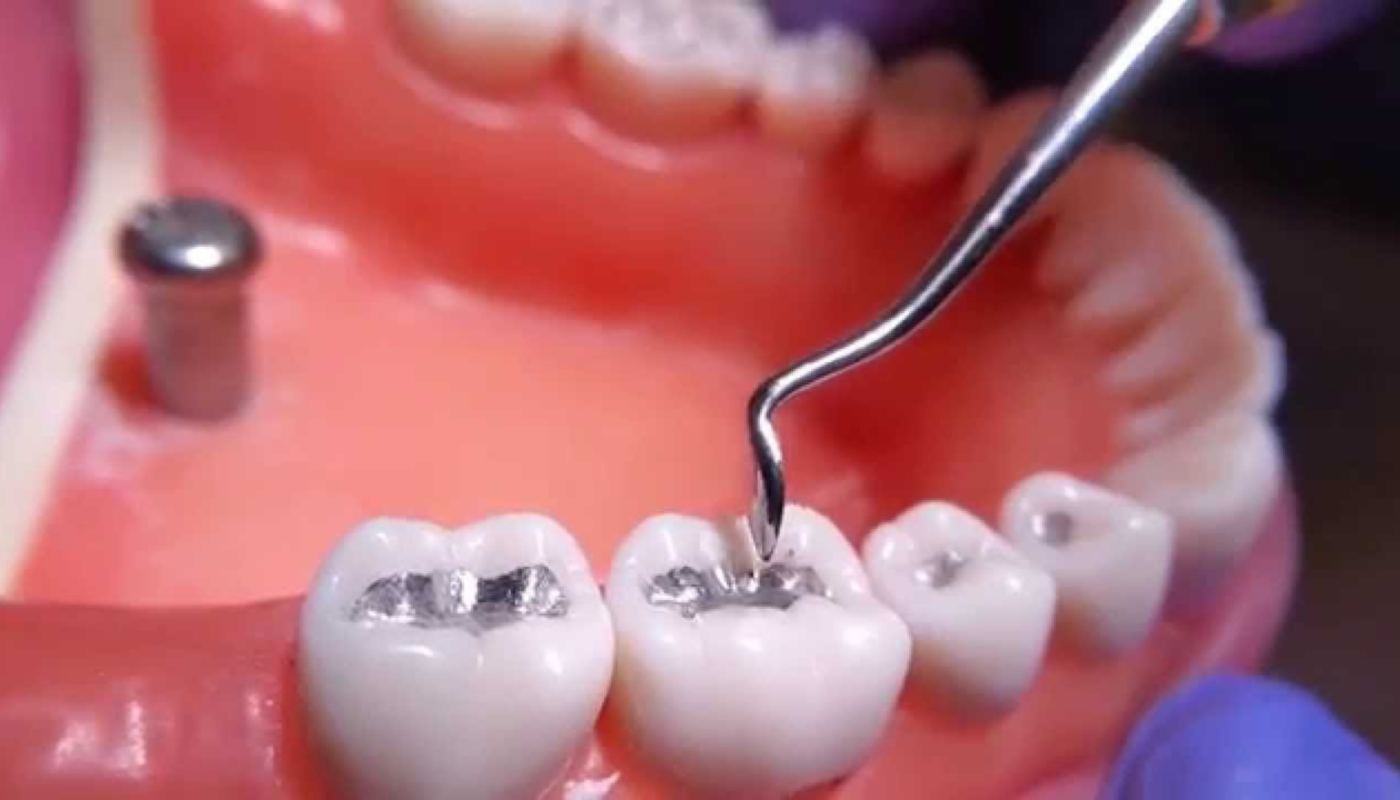Dental offices generate hazardous waste on a daily basis in the form of dental amalgam, silver, lead and mercury. Dental amalgam has been used widely as a dental restorative material for over 150 years. However, environmental and health authorities across the world have raised concerns about the discharge of dental mercury wastewater into municipal sewage systems. This is because even minute amounts of dental mercury can have detrimental effects on the environment and public health. A dental amalgam separator is a device that is installed in a dental facility to capture and retain dental amalgam waste before it goes down the drain.
What is dental amalgam?
Dental amalgam is a dental restorative material used to fill cavities caused by tooth decay. It is composed primarily of mercury, silver, tin and copper alloy. Mercury makes up approximately 50% of dental amalgam by weight. It gives dental amalgam its stability and maintains the mechanical properties of the restorative material. However, the presence of mercury also makes dental amalgam a source of environmental pollution if not properly managed. When dental amalgam undergoes wear and corrosion inside the mouth, it releases mercury vapor. The excess dental amalgam collected during filling procedures also contains residual mercury.
Why do we need amalgam separators?
Dental Amalgam Separators were introduced to address the issue of mercury entering municipal wastewater from dental facilities. As per United States Environmental Protection Agency (US EPA), dental offices contribute approximately 50% of total mercury discharged annually from domestic sources into wastewater. A single dental office producing tooth fillings and extracting mercury amalgam fillings can release around 3-5 grams of mercury every year. Most municipal wastewater treatment facilities are not designed to remove heavy metals like mercury. As a result, any mercury discharged from dental offices can pass through sewage systems untreated and accumulate in rivers, lakes and oceans posing risks to public health and environment.
Regulations around amalgam separators
Many environmental agencies across the world now mandate the use of Dental Amalgam Separators in dental offices to minimize mercury discharges. In the United States, the US EPA requires all dental offices to install, maintain and operate amalgam separators as per the final rule for dental effluent guidelines published in 2017. Similarly, amalgam separators are mandatory for all dental facilities in European Union member states as per EU regulations. Other countries like Canada, Australia and several states in India have also introduced laws in recent years requiring installation of amalgam separators. Non-compliance can attract penalties and other enforcement actions from environmental regulators.
How do amalgam separators work?
Amalgam separators work on the principle of sedimentation and filtering to capture dental mercury wastewater. Modern high-efficiency separators use advanced filtration technology to remove well over 95% of dental mercury from wastewater. During normal chair-side procedures involving dental amalgam, all vacuum suction lines in the dental operatory drain to the separator unit. Inside the separator, wastewater passes through a series of screens, chambers and filters that traps and retains dental solids containing mercury. The filtered wastewater is then allowed to drain into the municipal sewage while the captured amalgam sludge is collected in internal canisters for proper disposal as hazardous waste.
Performance standards for separators
Not all amalgam separators are equally effective in capturing dental mercury. Regulators have established standards to rate the performance of amalgam separators. The two main international standards applicable are:
– ISO 11143:2008 – Specifies mercury removal efficiency of at least 95% for particles greater than 5μm in size.
– ANSI/ADA Specification 108:2019 – Requires mercury removal rate of at least 99% with third party testing.
Selecting an amalgam separator certified to above standards is important to ensure optimal mercury removal as per regulatory norms. Periodic maintenance as recommended by manufacturers also keeps amalgam separators functioning at peak performance levels. Proper separator operation, maintenance and replacement of collection containers are necessary to protect the environment.
Dental amalgam separators are cost-effective devices that are critical to the sustainable management of dental mercury waste generated daily in dental offices. Their use helps safeguard public health and the environment by minimizing mercury pollution from this source. Compliance with regulations mandating amalgam separators is also necessary from a regulatory standpoint.
*Note:
1. Source: Coherent Market Insights, Public sources, Desk research
2. We have leveraged AI tools to mine information and compile it


